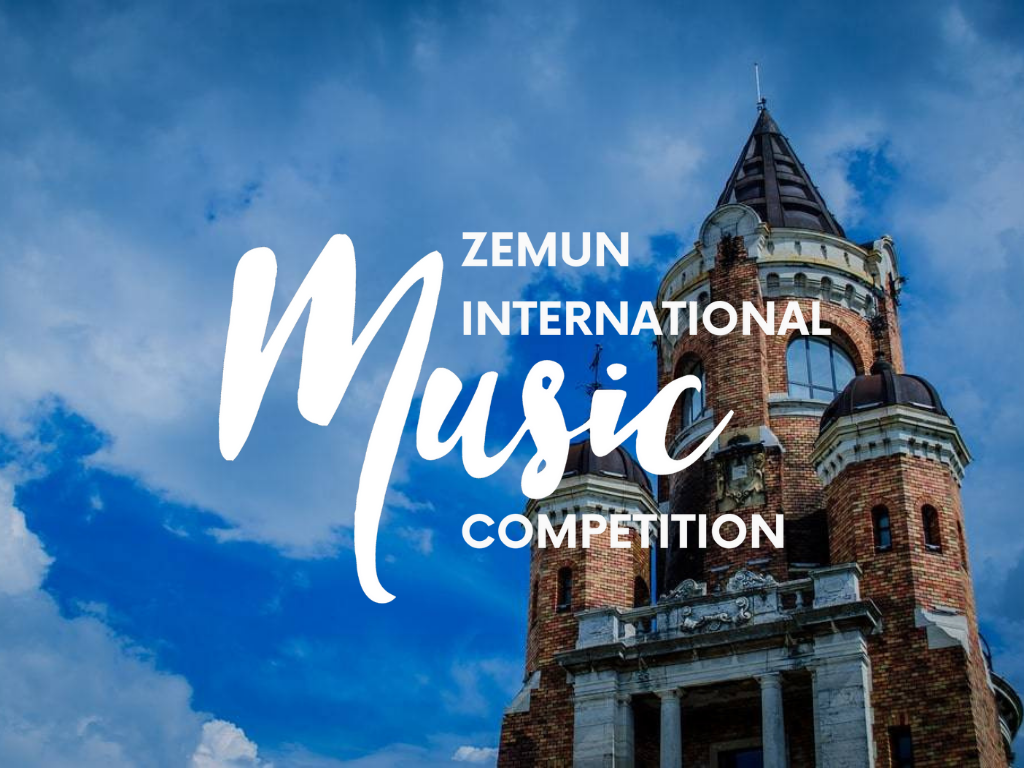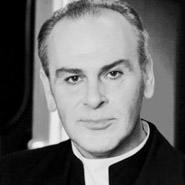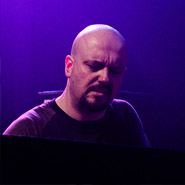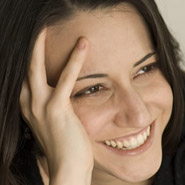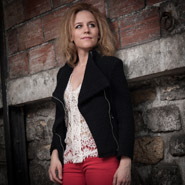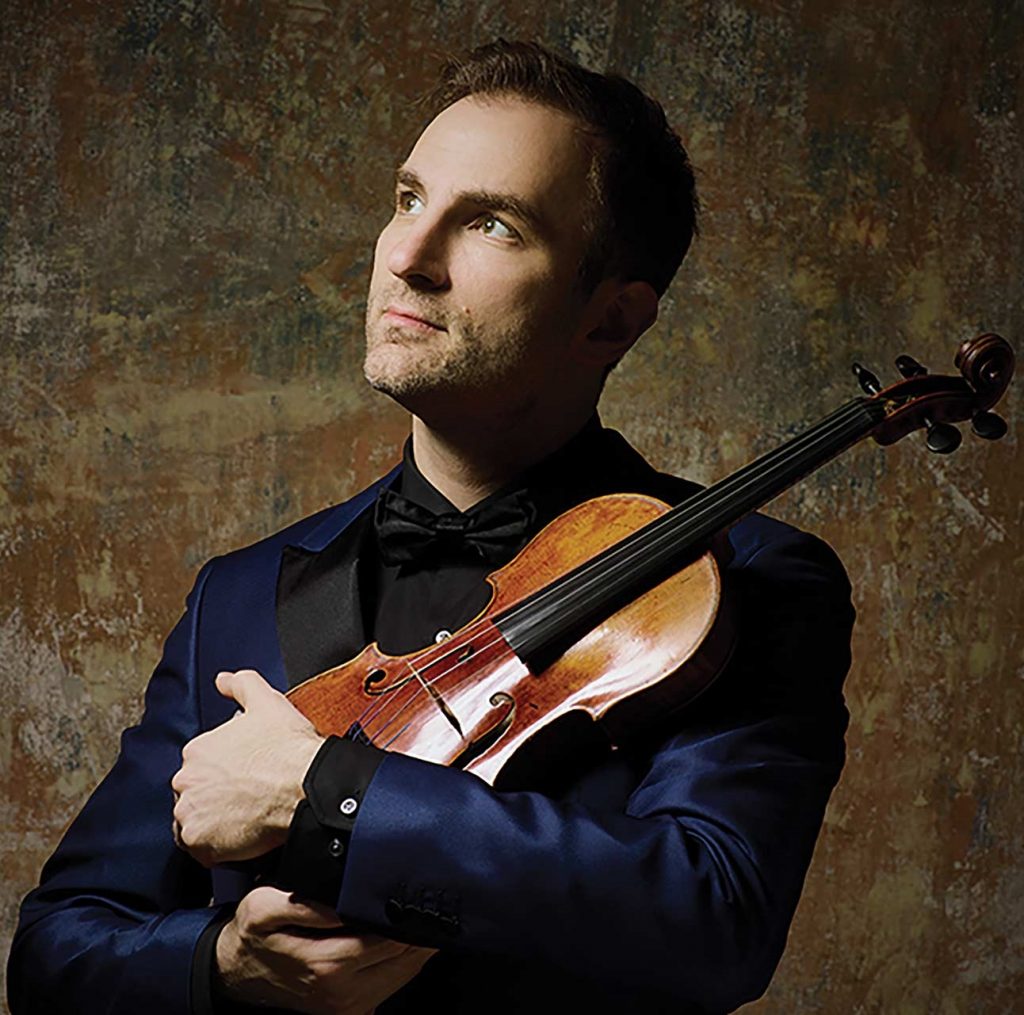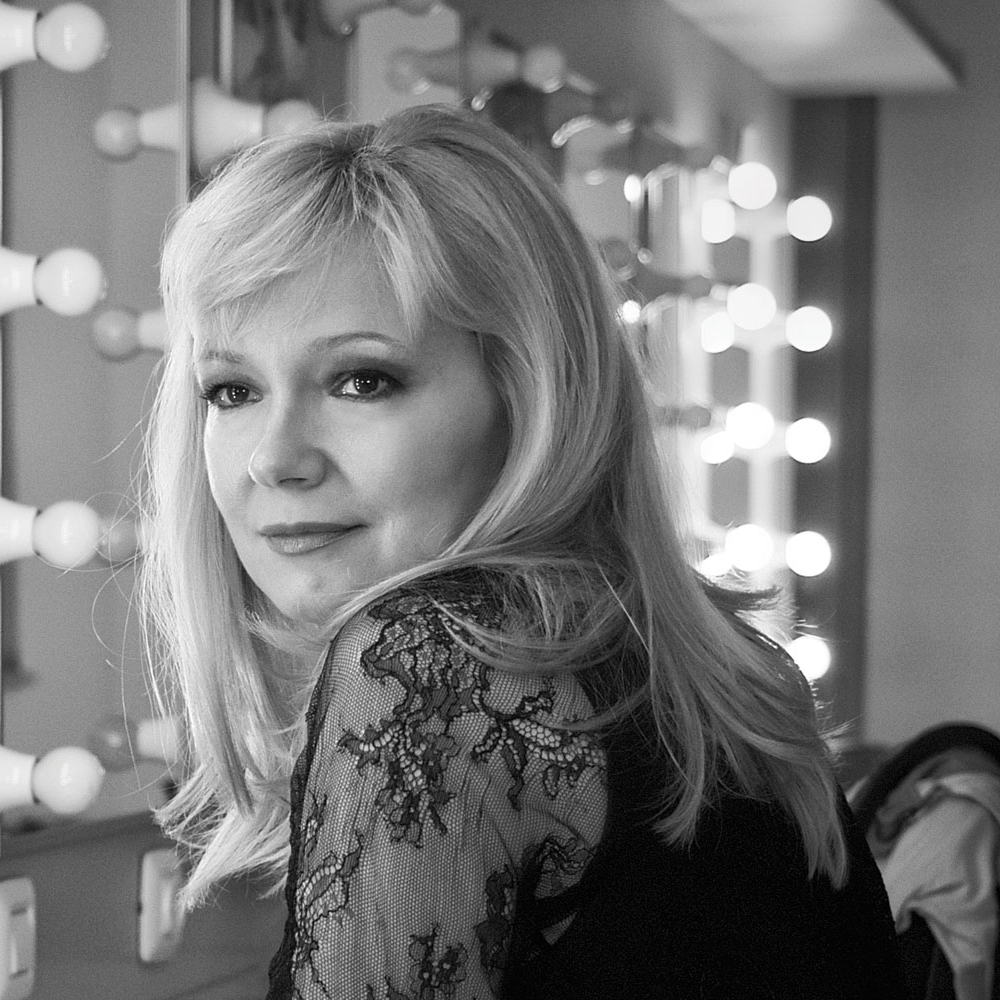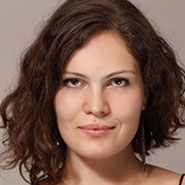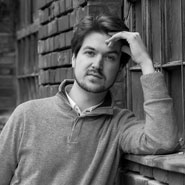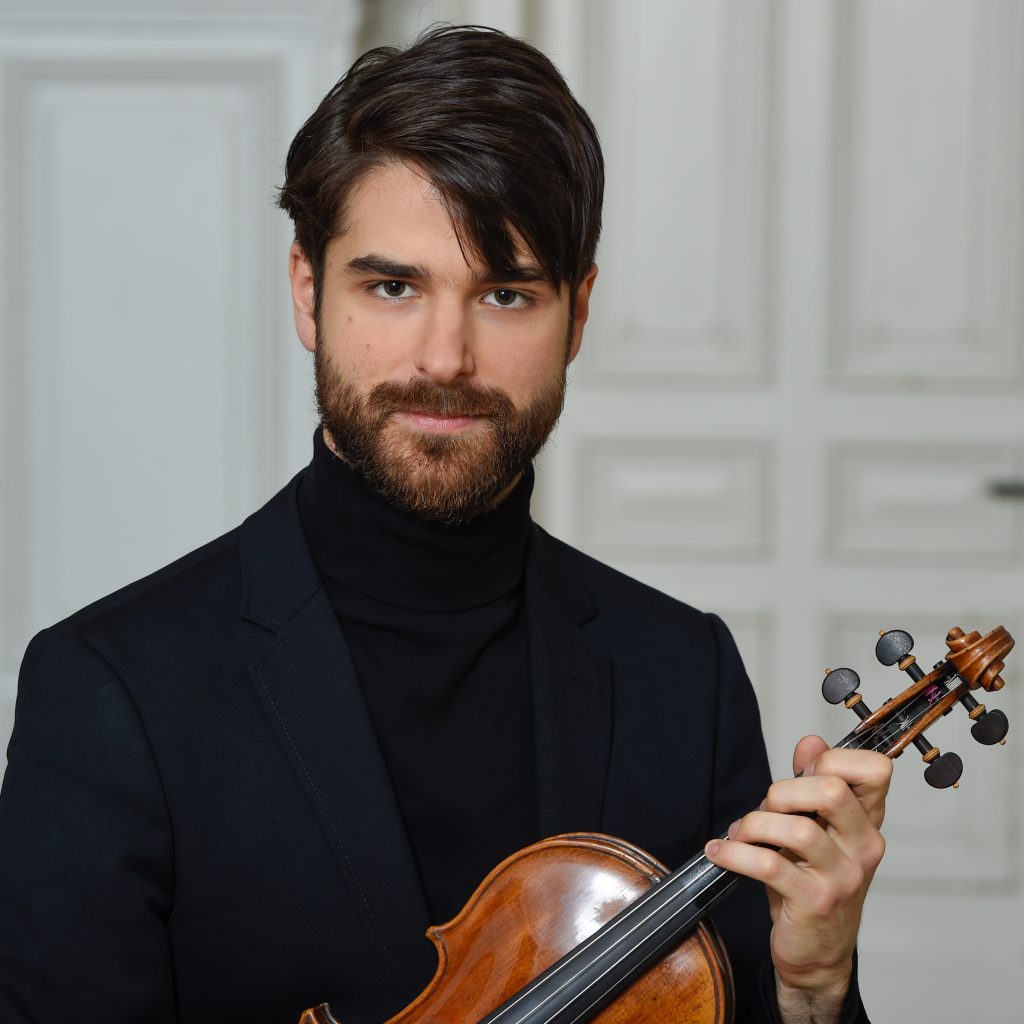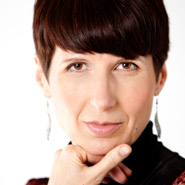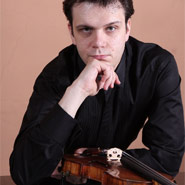
“In 1948/1949 Elementary Music School in Zemun was given the jurisdiction over the Music Department at “Veljko Ramadanović” School for Visually Impaired Pupils. Teachers of this school were paid by Administration of the School, and our teachers carried out a professional control. The work plan and program were fully in compliance with the relevant regulations of the music school. Next year, this department was again separated.
In 1981/1982 the Music Department at “Veljko Ramadanović” School for Visually Impaired Pupils was again merged to our school and it used to work in a rather small space, occupying only 2 – 3 classrooms within the building of the Institute. Piano classes were led by Ljiljana Nikolić and accordion class by Zorica Benišek. Solfeggio was taught by Miloš Lukić. These three teachers became members of our school teaching staff.
In 1985/1986, on the occasion when Primary School “Veljko Ramadanović” moved into a new building, seven classrooms in their former administrative building were given to the branch of our special department. That made the work premises much larger, but the classrooms were extremely neglected and hardly useable for teaching. In the next two years, the then Principal Dejan Marković managed to provide funding from the municipality and other donors to carry out basic restoration of the existing facilities, which included the erection of another floor. Thus, 13 classrooms were obtained. These classrooms were originally used only by children with visual impairments, and later by other students of the school as well.”
(Excerpts from the book by Pavle Janković: “The History of the Zemun Music School”)
Owing to the enthusiasm, love and perseverance of Piano Professor Ljiljana Nikolić and Solfeggio Professor Milos Lukić, the music department for the visually impaired children in Zemun became in 1981 a part of the Music School “Kosta Manojlović”. Many generations of students have successfully completed musical education entirely fulfilling the school curriculum and its requirements. Funds obtained from donors, Municipality of Zemun and the persistence of the then Principal Dejan Marković, the premises intended for the department for visually impaired children were redecorated which significantly improved the quality of teaching. The realization of the project “Hands that see” by engaging colleagues Zlata Maleš, Mirjana Mihailović and Daniela Vagner in cooperation with the then Principal Mila Lacković, all necessary technical aids were purchased, including: Braille printer, proper computer equipment and programs, notes and sheet music, literature and textbooks for blind and visually impaired students. Music School “Kosta Manojlovic” is the only school in Serbia which provides the facilities for printing sheet music in Braille. By providing musical materials in Braille, prepared by colleagues Gordana Grujičić and Mirjana Mihailović, the conditions for the advancement of students of this department, as well as students of other music schools in Serbia and the region have been significantly improved.
One of the most important specificities of our school lies precisely in the successful implementation of teaching in this department and significant results the students have achieved so far. Students of the department for the blind and visually impaired have equal status with peers of healthy vision (integrated education). In addition, students have the opportunity to participate in all competitions and in all school performances and activities as other students. Prior to enrollment in the elementary music school, students attend two-year preparatory education. In the course of attending preparatory classes students develop their musical skills and get prepared for acquiring the curriculum of the elementary music school. The entrance examination for secondary music school is taken by the students of the department for the blind and visually impaired under the same criteria, programs and in the same terms as other students. Upon successful completion of secondary music school, students meet the requirements for advancing to the Faculty of Music, the possibility to continue their musical education at all high schools of music, as well as the possibility to become members of the teaching staff. Thus educated staff would probably have much better understanding and insight into the problems of work activities with the blind and visually impaired students and so enable fully adequate pedagogical work.
Strong affection for music and children have been spread by: Ljiljana Nikolić, Miloš Lukić, Zorica Benišek, Zorana Grbić, Milena Aracki, Djordje Lazarov, Nevena Hristić, Zvonko Mornar, Siniša Radojčić, Radivoj Lazić, Mirjana Mihajlović, Nenad Nenić, Milica Babović, Dragana Bulajić, Aleksandar Antonijević, Ana Zorić, Dobrila Marinković, Milena Vukmanović, Olga Gerić, Boško Radojković, Olga Malevic Djordjević, Ivana Busančić, Mila Lacković, Zorica Vukosavljević, Gordana Grujičić, Emilia Vukelić, Gordana Radović, Marija Jovanović, Marko Marković, Radmila Peurača, Danijela Petrović . . . . . .
Ljiljana Nikolić: “Have we justified the confidence?”
(Text written on the occasion of the 60th anniversary of school, in 1999)
If you happen to find yourself at the bus stop “Konjička Škola” (Cavalry School) at Cara Dušana Street, in Zemun, you will encounter a few unusual things: first, you will hear the balanced rhythmic sound that changes with traffic lights. Unless you understand that this is an audible traffic lights for the visually impaired, perhaps the next picture might help you: behind the green-painted fence you will see a complex of buildings, a strange mixture of old and new, with a large schoolyard where groups of children and young people are gathered occupied in various activities. Some walk in groups, holding each other by the hands, some play balls, some listen to music, and some sit on benches, holding something in their laps and moving their hands from the left to the right. Perhaps you will not understand that this is the way they read books in Braille with their fingers. Everything will become clear to you when you look up to the board with the inscription: School for visually impaired children “Veljko Ramadanović”. Veljko started all of that. An excellent educator, humanist and the first teacher, he founded this institution back in 1917 in Bizerte in Tunisia, for the purpose of war invalid rehabilitation. Later, as a consequence, many activities have come out of it, but it is not the topic of this article. Given that this year we celebrate 60th anniversary of our school which incorporates the Department of Visually Impaired Children “Veljko Ramadanović”, I will focus on the importance of music in the development and forming of personality of this category of students.
I feel honored to prepare this piece of writing, fully aware of the great responsibility to properly introduce a very rich and complex area of work. Please forgive me if I happen to fail in doing so. As I have been a teacher in the department for visually impaired children for many years, I feel obliged to fulfill this task.
Music is the art of sound, and as such, it is fully accessible to people with impaired vision, regardless of the degree of impairment. Veljko Ramadanović knew that and gave great importance to music in education of the visually impaired; from teaching amateurs, through professional orientation of individuals, to the establishment of the printing shop for Braille notation, which, unfortunately, does not exist any longer. Thanks to him, over 40 visually impaired musicians ranging from vocational teachers to professors performed various jobs, including correctors, accompanists, famous amateurs, radio and TV producers and skilled teachers, who worked both with the visually impaired and students with healthy vision. There were heads of departments and even school principals among them. Then there was a period of certain stagnation, followed by a real boom in the music education of the visually impaired children which came with its merging to Music School “Kosta Manojlović”. Thanks to the efforts of the teachers of the parent school and the then Principal Predrag Andrović, as well as the teachers of “Veljko Ramadanović” school and its Principal Bogdanski Radivojević, the merging process was successfully completed. It should be noted that there was mutual skepticism, fortunately groundless.
The next particularly successful phase, I would even say a revolutionary one, occurred with the arrival of Prof. Dejan Marković to the position of the school principal. As an accomplished and experienced educator, principal Marković quickly realized the essence and importance of this segment of work. He accepted students with confidence and no reserve, helped them with professional advice whenever needed, accompanied the development of talented children, and demanded maximum engagement of the professors. To be fair, we were often pointed out as examples of dedication to our work. However, what future generations may remember is the personal and ruthlessly selfless dedication of principal Marković who raised funds with difficulty and managed to reconstruct the old, hardly usable building, and upgrade it to obtain a pretty “little school” where the visually impaired children have been educated together with their peers with healthy vision. This circumstance is of immeasurable importance for their integration into the open society.
I should certainly mention the present principal and my first and long-year head of department, Prof. Mila Lacković. She has always been ready to listen and help when it seemed there was no solution, ready to share with us both joys and troubles and inspiring the security and optimism despite the current problems.
By merging the department to the parent school, students gain equal status with their peers of healthy vision, thus eliminating many prejudices in their integration into the open society. Unlike some other schools, besides the achieved results, such approach of the parent school created much better conditions and easier way to further development and education. Our students, along with their teachers, try to justify the confidence, as they are guided from the very beginning that they owe this to their school. In spite of the difficulties such as lack of literature in Braille, the specific conditions of living and working and similar, the department is proud of its exceptional results. Side by side with their peers of healthy vision, students of these classes have performed in many events in and out of school. There have been other prizes worth to mention: the first festival prize, Danijela Mićunović, the piano, in the class of Nikolić; the second republic prize, Dragan Videnović, the clarinet, in the class of Mornar; the third republic, Danijela Petrović, the piano, in the class of Nikolić; the third republic, Dušan Zorić, the accordion, in the class of Benišek; the second municipal competition, Aleksandar Matić, in the class of Nikolić, the third municipal competition, Dejan Matić, in the class of Nikolić (currently 3rd year student of the Faculty of Music); praises with a very high number of points at the last republic contest, Marko Živković, in the class of Hristić; Aslani Kefsera, currently 2nd year student at the Faculty of Music, who participated in numerous performances: the municipal competition, in the class of Prof. Milica Babović; competition for young pianists in Nis, the competition, “Konjović” and participating in “Šopenijada”, all in class of Prof. Nevena Hristić.
There is almost no hall in this city where the visually impaired students have not been performing, either within the scope of school events, or within the context of events of the Association of the Visually Impaired. There have been many appearances in other cities throughout the country. Due to the lack of space here, I will omit the presentation of detailed data, as they are filed in school documentation. Being important for the school, these activities are far more important for the general recognition of disabled children and youth in the open society, where prejudice against them, whether we like it or not, has been deeply rooted. Therefore, merging of the department to the parent school was the first step to help this category of students to largely overcome their handicap and confirm themselves both as individuals and equal members of the society. The results of this so-called integrated schooling method include 6 visually impaired students enlisted at the Faculty of Music, some of whom have already graduated and are working successfully. I will not go wrong saying that rarely or almost nowhere in the world have there been so many visually impaired persons educated in such a short period of time at higher education institutions.
The results mentioned above would have not been achieved without professors – enthusiasts who worked with visually impaired children, sparing no effort and measuring the duration of school hours. Here are the names that will always be remembered with respect: piano teachers: Zorana Grbić, Djordje Lazarov, Nevena Hristić, Siniša Radojčić, Milica Babović, Dragana Bulajić, Dobrila Marinković, Milena Vukmanović and Ljiljana Nikolić; accordion teachers: Zorica Benišek, Miroslava Aracki and Olga Gerić; clarinet teachers: Radivoj Lazić, Zvonko Mornar and Aleksandar Antonijević; guitar teachers: Boško Radojković, Vera Plećaš, solfeggio teacher Miloš Lukić.
In the end, it is Danijela Petrović, the first graduate visually impaired piano teacher, a former student of this department and later a great music high school professor. Danijela graduated from the Faculty of Music in the class of Prof. Dubravka Jovičić. Despite the enormous difficulties due to lack of the most basic literature, she passed all the exams within the terms and in her graduation exam received the grade of 10. Now she works at the department, being highly devoted to work. The proof of her devotion is the student Olga Petrović, who has passed entrance exam at “Stevan Mokranjac” with outstanding results in the first year of her engagement in school.
All these colleagues have invaluable merits in the education of visually impaired children, but some have to be singled out and I think with the reason: Prof. Zorana Grbić, who had Danijela Mićunović, the first graduate student and first enrolled student at the Faculty of Music and the only participant of the visually impaired pianist competition in Prague; Zorica Benišek, whose student Dušan Zorić was the first graduated visually impaired accordion student in Yugoslavia; Aleksandar Antonijević, who had the first graduate with high visual impairment; Dragan Videnović, whose student later graduated from the Faculty of Music, Music Theory Department); Nevena Hristić, whose students Aslani Kefsera and Marko Zivković, are the proof of her devotion paid to work without any prejudice; Boško Radojković, with the student Branko Pećanac, the first graduate of the guitar without any Braille books; Aleksandar Antonijević, invested his personal funds in the reprinting of textbooks for clarinet in Braille; Miloš Lukić, prepared the solfeggio book for the first class students, and for others he did manual transcriptions in a large number of copies as required by the number of students every year, because there has been no Braille.
On this occasion, on behalf of all students, I want to express gratitude to all the teachers of vocational subjects in secondary school as well as to the teachers of “our gymnasium” for their understanding of aggravating circumstances due to the lack of necessary literature in Braille. The Department, as a part of our school, started its activities in early 1981, based on the agreement between the two schools; the program was developed, adapted and finally approved by the competent state authorities. The program was developed by music professors from “Veljko Ramadanović” school: Miloš Lukić, Djordje Jelača and Mila Sudar, in cooperation with the parent school. As program requirements are concerned, they are exactly the same as for students with healthy vision. However, there are certain differences in the methodical approach, which take into account the specifics regarding the degree of student visual impairment. One of these special features is the organization of a two-year program for preparatory classes, due to the complexity of Braille musical notation and, to some extent, due to the specific conditions of living and working of these children. First, not all of them have equally developed tactile sense, and second, sudden separation from their families often result in various psycho-emotional problems, which are either lost or at least substantially mitigated over the time. However, sometimes one of these components, or both together, can remain as a permanent annoyance which, unfortunately and despite some innate abilities can completely preclude further education.
Finally, to describe the students you get familiar with after they have already overcome mentioned problems. What is their first school day like: they come to school at the age of 7, and often younger, some residing in the boarding, and those happier come from Belgrade; after school they go back home. In any case, their arrival to school always means separation from the family and the space and environment familiar to them where they used to live, detaching from everything close and dear. These are shocking images with many tears and snuggling up with parents and “I wanna go home” and “Mom, I won’t stay here.” Then you do not know who to comfort: parents inconsolably crying, trying not to show their feelings to children, or just a kid who refuses any contact with anyone else. Those who work here know that it is a transient state which will pass as the time goes by, but how to explain it to all of them. In such an atmosphere the school is a burden to a child, it is the “cause” of all its suffering. The first revelation comes, I would certainly say it is the turning point, when they first enter into the music classroom. There they are to find many wonderful things, and all of a sudden the music school becomes their “second home”. Here they will find “uncles” and “aunts” who sing and play, and some other children who do not cry, but run into the classroom joyfully, trying to grab the instrument first. There, a sense of new family is immediately created, particularly in case of individual instruction. The teacher becomes more of a parent, and the classmates something like older siblings or kids from the neighborhood. They all know each other, everything is to be shared and they are taught to help each other. Many of them had never “seen” any instrument before, especially the piano, and when they discover a huge box full of different sounds, they begin to pluck with their fingers over the keys, and then together we try to find “birdies” and “bears”, and they suddenly forget about tears. Most often they are not willing to leave the classroom when a teacher comes after them, and even dad or mom, unless they are going on at Uncle Miša solfeggio class, where while learning songs followed by the piano improvisation they can hear nice stories. There comes an inevitable question: “Aunt, can I come tomorrow?” You do not have the heart to refuse them, but you find the time you do not really have to give little joy, at least for the moment. You can always let them “say good bye to the piano,” show the books they are going to use as reading material and the way to read them, enable them to listen to older students, which they do with great attention, telling them that older students used to be small too. Then one of them feeling freer, starts singing first a bit shyly, but appealing to others to join. Then you can examine the hearing, check the motor skills, rhythm and memory. The saddest thing is when you have to say, “You will have to wait a little bit longer to grow and you will come next year,” when in fact you know that there are no conditions for it. Then, as a rule, comes the question: “Can I at least stay to listen to?”
Those who have at least minimal capabilities are gradually led on to overcome the first serious learning requirements. Such a background produced Dejan, Danijela, Dušan and Kefsera and many others. Some have completed only the lower school, some not even that, but all have the best memories of the school and keep in touch with their teachers and their school. When they call, it is to brag about great success in another school or faculty, to say they have been recruited; that they are getting married and send invitation for the wedding party, or have a baby and ask their former teacher to choose a name. It does your heart good and you simply do not think about the amount of your salary and forget about all the difficulties. And is there any more complacent feeling than the one when you know you will be remembered by many of them even when you’re gone and that you will continue to exist through them?
I truly believe that there is no such feeling and I regret no time and effort spent in this department for so long, coping with lots of various difficulties. I just hope that the future will be easier thanks to innovations in the education of children with disabilities. However, no technology can replace patience, love and a great responsibility needed in this job.
I expect, in future, the department for children with impaired vision will retain its place in parent school and will, as it used to be so far, have the full support and assistance; especially, because music plays a great role in the development of a blind child personality in many fields: while learning about micro and macro – space, sharpening their hearing sense as an irreplaceable factor in orientation in space, the correction of movement and general motor skills, encouraging their integration into society and so on. We should not neglect the development and enrichment of the emotional being and self-confidence, creating the conviction that one should never give up. From the beginning, we teach them that there is no darkness as long as there is an internal light, the spiritual eye of men which does not look at yet it can “see”. This is their music, their sound image of the world, and it is not always important how real it is. It is what it is to them and it is only theirs.
I do not know whether this text properly fits the purpose, but the question from the beginning: “Have I justified the confidence?” spontaneously arises.
Projects:
“Hands that See”
In order to collect the funds needed to buy the equipment, a charity concert was organized with the idea of engaging former students of the school in the performance, who are now extraordinary, renowned artists. We were able to gather them, despite numerous duties as concert performers and educators. In the Kolarac Great Hall, on 24 December 2004, on the same concert featured together Stefan Milenković, Lidija and Sanja Bizjak, Maja Bogdanović, Jasmina Trumbetaš, Marko and Smilja Josifoski, Milan Karanović, Ivan Tomašev, Meri Bojić Radojčić, Dejan Subotić, Ljiljana Vukelja and Mirjana Vujović.
In addition to our artists, the Secretariat for Culture of the Ministry of Culture, print and electronic media, which have given us considerable room for advertising and the ability to present the project through direct radio and television sessions, the financial assistance was also provided by many companies, individuals and colleagues from other schools. Representatives of foreign diplomatic institutions in our country, seeing the importance of the action, joined us, and with their help, we ended the action. RTS filmed the concert and broadcast it in two parts on the RTS 2 program, during January and February 2005.
Through ticket sales and donations, the funds amounting to 607,000 dinars were raised, out of which only 47,500 dinars were used to cover the costs of the concert organization. All other costs that are an integral part of the organization of such a musical event (hall lease, performers travel expenses, production of video and printed materials, etc.) were covered by sponsoring companies and individuals.
Fees of the organizers and contributors on the project were provided by the school itself. The money raised was used to purchase Braille printer with the appropriate equipment, and the software for speech recognition and transcription of classical letters in Braille, peripherals, standard printer, scanner and consumable material have been given as a donation by the Women’s International Club.
An adequate space for this small printing press was provided at the newly opened school music studio, as well as technical and logistical support from the company that has imported and installed the equipment.
The aim of the project was to achieve a quality step forward in music education of visually impaired children, with their full musical literacy in Braille notation.
The concert itself and the whole action were extremely well received by the public, but the real result should be expected in the years to come, when Braille library becomes enriched and even a larger number of visually impaired children have been attracted to music education.
Due to the exceptional artistic level of the concert held, the audio material recorded live at Kolarac Great Hall will be released on CD as an independent non-profit edition of “Kosta Manojlović” Music School.
Finally, let us point out again, that this approach to education of children with special needs makes contribution to their active integration into society, and getting on closer to European standards in this segment of education.
The authors and implementers of the project were school professors Zlata Maleš, Mirjana Mihailović and Daniela Vagner.
2009 “Music Education without Barriers”, the Fund for an Open Society
2010 “From Music Education to Integration”, the Fund for an Open Society
The Open Society Foundation, in partnership with civil society organizations, is focused on the activities related to equal access to quality education for Romani population.
In this context, and in cooperation with the Pestalozzi Foundation, a multi-year project entitled “Equal Opportunities in Secondary Education” was implemented (2005 – 2013) by the Foundation, which represents the model of minimum educational interventions for Romani pupils aimed at strengthening the capacity of schools for inclusive education and empower students of Romani nationality.
The Foundation focuses on research, analysis, monitoring and lobbying. In this area, the main activities of the Foundation are as follows: “Monitoring of inclusive education policies”, a three year project which is being implemented with the Center for Education Policy. It is planned to cover all schools in Serbia. Among the most successful projects, the Foundation emphasizes the initiative “Inclusive education – from practice to policy”, which was completed in 2011 and included collecting of best practices, making criteria and indicators of inclusion in education and the establishing of Inclusive Education Support Network. Open Society Foundation highlights the introduction of teaching assistants as an important positive step in the promotion of inclusive education, which was initially developed, piloted and supported precisely by the Foundation.
In addition to the aforementioned activities, the Foundation has supported several schools in the implementation of projects.
– 2009 – From music education to integration – Music School “Kosta Manojlovic”, Zemun
– 2009 – Open the door to inclusion – Elementary school “Jovan Popović” Inđija
– 2009 – School as a refuge – Elementary school “Bratstvo – jedinstvo”, Pancevo
– 2009 – School for all 20 – Elementary school “Desanka Maksimović”, Novo Selo
2010 – “Assistive technology in the function of the integration of visually impaired people”, Click to Europe
2010 – “Intercultural Education – the road to the creation of anti-discriminatory society”, Protection and promotion of gender and citizens Equality, Ministry of Labor and Social Policy, UNDP
2010 – Presentation of the Manual for Teachers, Thirteenth pedagogical forum of Performing Arts
2011- Accredited seminar “Inclusive musical education of visually impaired children”, Catalogue of Accredited Seminars
An accredited seminar under current no.734 – Authors and facilitators: Mirjana Mihailović, Prof. of harmonics and notegrapher in Braille in school “Kosta Manojlović”, Zemun, Gordana Videnović, Prof. of English in school for children with impaired vision “Veljko Ramadanović” Zemun and notegrapher in Braille in school “Kosta Manojlović”, Zemun
Themes:
Getting to know the history of inclusive education in “Kosta Manojlović” Music School;
Description of the current situation on the method of music education of visually impaired people in the world;
Pointing out the ways of supporting visually impaired children through the establishment of inclusive teams;
The creation of individual educational plans;
Introduction to basic principles of Braille music notation through various examples;
Methodological adjustments in theoretical courses teaching;
Only individual and group work with visually impaired children;
Exchange of experiences
2011 – Conversion to Braille, editions 6 – Institute for Textbook Publishing and Teaching Aids
2011 – “Music in inclusion” DILS project, the Ministry of Education and Science
SOLFEGGIO AND THEORY OF MUSIC
- Popović: Solfeggiofor Elementary School, I – VI grade
- Jovanovic: Rhythmic reading for high school students
- Jovanovic: Solfeggio for I, II grade of elementary music school
- Jovanovic: Solfeggiofor secondary school students, I – IV grade
- Jovanovic: Theory of Music / V. Jovanović: Theory of Music in Braille (English version)
- Peričić: Instrumental Counterpoint
- Peričić: Fundamentals of Vocal Counterpoint
- Peričić: Harmony, Part I
- Despić: Baroque and Instrumental Forms of Polyphony
Lj. Đorđević: Solfeggio for I, II and III grade of high school (script)
- Mihajlovic: Musical Forms + CD with examples
- Tajčević: Theory of Music
- Marinkovic: History of Serbian Music for III and IV grade of secondary music school
BOOKS IN AUDIO FORMAT (CD)
- Despić: Musical Instruments
- Marinkovic: History of Music for II and III grade of musical high school
PIANO
- Casella: Gallop
- Kassel: Bolero
- Ržihovski: Shepherd’s Song
- Palmer: Fandango
- B. Divernoe: Basic exercises
- Battista Pescetti: Presto
Selection of Sonatina for piano, vol. I
- Kršić: Elementary school for piano
- Haydn: Short pieces
- Haydn: Sonata and Sonatina for piano
J.S. Bah: Small preludes
- S. Bah: Two-part Invention G major, F minor, G minor
- Cerni: Etude Op.740 No. 3 in D major
- Petrović: Child fingers on the keyboard keys
- Petrović: Introduction to music
- Petrović: School for Piano Level A
- Petrović: School for Piano Level B
- Petrović: School for Piano Level C
- Schmitz: Etude Jazz Parnass, No.21, A minor
- Krieger: Andante
- Chopin: Waltz in A minor Op. posthumous
- Lemoine: Etude in A minor
ACCORDION
- Govednik: Scherzo
- Vlasov: Serenade and Klavsen from Children’s Album
- Semjonov 4 Renaissance pieces
V.V.Terzić: Accordion for I grade, elementary school
V.V.Terzić: Accordion for II grade, elementary school
Mr. Hermosa: Guernica
- Scarlatti: D. Scarlatti: Sonata G major K2
- Rakić: A collection of etudes for the accordion, music high school
- Rakić: Accordion for III grade, elementary school
- Gart: Scherzo
J.S. Bah: Triple invention D major
- Paganini: Caprice no. 14
CHAMBER MUSIC / SECTION FOR HARMONIKU
- Sudarikova: Ukrainian folk song
- I. Tchaikovsky: The Trepak, Russian dance from the ballet “The Nutcracker”
SOLO SINGING
- A. Mozart: Lacrimosa
- A. Mozart: Aria no. 12 from the opera “Cosi fan tute”
- A. Mozart: Despine Aria from the opera “Cosi fan tute”
- F. Handel: Ah, mio cor
- Puccini: Turandot
- Giordani: Ogni, Sabut boil il lume acceso
- Kirinčić: no. 4
- Konjović: Granny, tell Daddy (Nane kazi tajku)
- Schumann: Widmung Op. 25
- Schumann: Der Hildago
- Binički: It rained Across the Field (Po polju je kisa pala)
- de Luka: Non posso disperare
- Hristić: Once There Was a Rose (Bila jednom ruza jedna)
- Babić: Melodic examples II category
LANGUAGES
Stuart McKinlay, Bob Hastings: Students Book Pre-Intermediate, Longman
Lindsay White, Rod Fricker: Workbook Pre-Intermediate, Longman
Stuart McKinlay, Bob Hastings: Students Book Intermediate, Longman
Lindsay White, Rod Fricker: Workbook Intermediate, Longman
The textbook for the Italian language – Espresso 1
The textbook for the Italian language – Espresso 2

